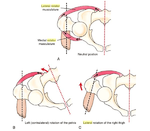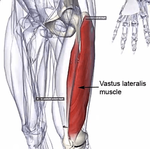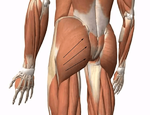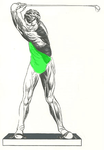WILDTHING
Well-known member
- Joined
- Sep 16, 2018
- Messages
- 893
- Reaction score
- 360
- Handicap
- 15
Oops apologies for the typo error in my thread title (not sure how to correct it)!
There are a few theories out there , so what do you think are the best theories that could explain how PGA pros rotate their pelvis (probably several apply because they won't be identical across players).
I personally prefer Dr Jeff Mann's theories below
How to Optimally Rotate the Pelv (perfectgolfswingreview.net)
Which is complemented by his video below
There is also Kelvin Miyahiri's theories explained in the link below
2015-07 : How Great Players Rotate In A Golf Swing (kelvinmiyahiragolf-articles.com)
I suspect the discussion might become quite detailed but may provide a general appreciation of what is involved (although we may end up agreeing to disagree).
There are a few theories out there , so what do you think are the best theories that could explain how PGA pros rotate their pelvis (probably several apply because they won't be identical across players).
I personally prefer Dr Jeff Mann's theories below
How to Optimally Rotate the Pelv (perfectgolfswingreview.net)
Which is complemented by his video below
There is also Kelvin Miyahiri's theories explained in the link below
2015-07 : How Great Players Rotate In A Golf Swing (kelvinmiyahiragolf-articles.com)
I suspect the discussion might become quite detailed but may provide a general appreciation of what is involved (although we may end up agreeing to disagree).















